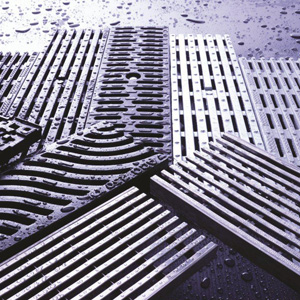Our culture surrounding trips or falls has changed dramatically. Gone are the days of having an accident and only having ourselves to blame. Influenced by the suing culture of overseas countries, the number of lawsuits filed against businesses, local governments and individuals in Australia has risen rapidly.
Companies and local governments are often being thrust with public liability claims resulting in thousands of dollars and additional costs to a business that they are not likely to have budgeted for. An average cost to an employer for a personal liability accident is now estimated to be around $20,000. Last year in Australia alone the compensation awarded was $44 million.
The type of injury can affect the specific claim being made, but as an owner of a company you should be aware of the injuries that can occur and try your upmost to avoid any sort of injury around your workplace.
It’s important that we highlight how we can reduce public injuries, to ensure that we don’t find ourselves in a sticky situation costing more than we bargained for.
Below are tips to help reduce the number of accidents:
- Education – provide your employees and visitors with health and safety training to keep accidents to a minimum
- Have a nominated health & safety person assess the entries to a building where falls can happen
- Look out for potential hazards and remove them via your WHS officer
- Ensure that visitors are aware of any hazards when visiting and ask them to sign in so that you are aware of the additional guests you are responsible for
- Conduct regular inspections outside the workplace and identify the high risk areas by using hazard checklists
- Log all accidents that occur including the finest of detail in a centralised online location so that patterns of behaviour can be eliminated
- Assess the design and functionality around the workplace and where necessary make improvements to avoid any future incidents
- Ensure that flooring is slip resistant and the correct materials are used
Often in and around a workplace there are numerous factors that commonly cause trips or falls. These include:
- Uneven flooring
- Lack of signage around potentially hazardous situations
- Lack of risk assessment highlighting repeated problems
- Lack of education and laziness in the working environment
- Slippage on wet surfaces
- Poor lighting outside a building
- Obstructions such as plants, trees
- The weather
- Lack of maintenance
The last thing you want as a company is to be sued by an employee or visitor, not only will it cost you a significant amount of money, it can also result in staff members having long periods of time off work and the business suffers as a result.
Floor surfaces need to be a primary focus of the working environment in order to avoid these nasty accidents. Ensuring that the surfaces surrounding your workplace are without holes, bumps and taking care to make sure they are even will help prevent these accidents in an urban environment. Transition areas are also important from the inside of a commercial property leading onto the street as is this a common cause of trips and stumbles.
By following the simple guide above you can feel assured that you have made all of the necessary precautions within and around your place of work to keep accidents to a minimum.
ACO Polycrete provides a pedestrian-friendly range of anti-slip grates that can aid the reduction of trips and falls inside the workplace and the surrounding area.
To find out more information on how to avoid those all important risks in the workplace visit www.heelsafe.com.au

|
About John Sordo
John Sordo is the Manager - Marketing & Product Management at ACO Polycrete. He has worked in Product Management, Sales and Marketing for almost 20 years and in that time has been a member of several committees aimed at improving the level of compliance of products across the construction industry. His qualifications include a Bachelor of Civil Engineering and a Master of Business Administration. View all posts by this author » |











